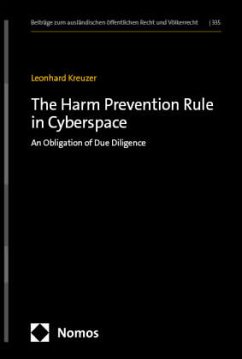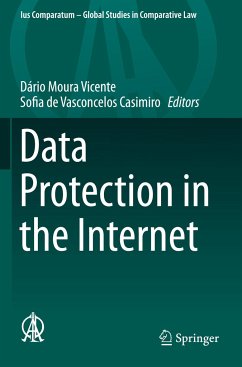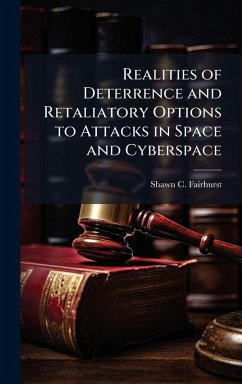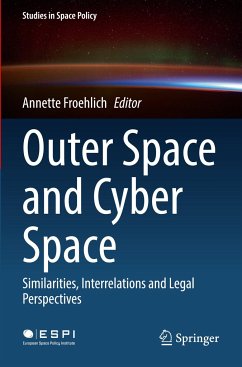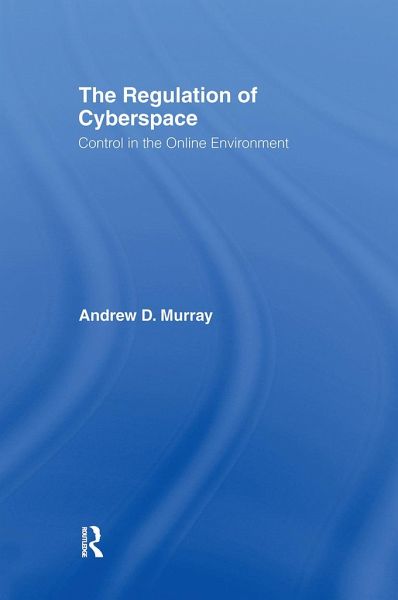
The Regulation of Cyberspace
Control in the Online Environment
Versandkostenfrei!
Versandfertig in 1-2 Wochen
214,99 €
inkl. MwSt.
Weitere Ausgaben:

PAYBACK Punkte
107 °P sammeln!
This volume unites cyber and mainstream regulatory theory. Using the scientific techniques of chaos and synchronicity it explains how regulatory design functions, and offers a model for the design of effective regulation.







